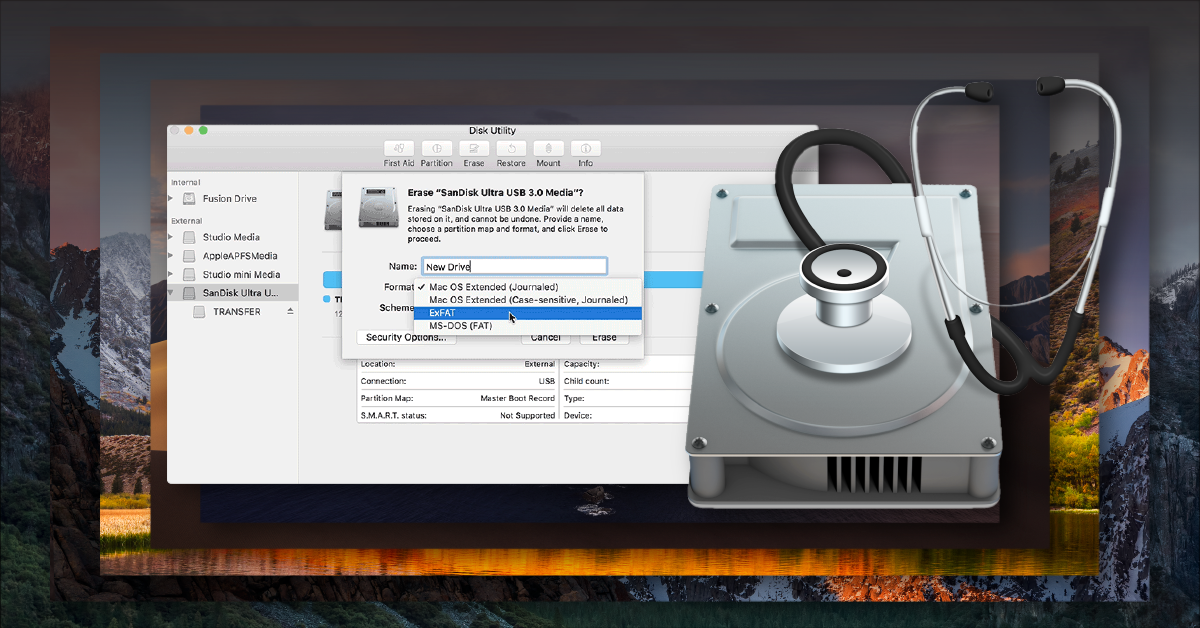The evolution of macOS (and Mac OS X) Apple's desktop operating system, macOS, has been the staple crop for its iMacs and MacBooks. Here we go back to where it all began in 2001 (when it was known. Download StepMania (OS X) for Mac to play dancing game based on the popular Dance Dance Revolution. It used a Motorola 68000 microprocessor, 128KB of RAM and a 400KB 3.5-inch floppy disk drive. The Mac's OS, known as System 1.0, introduced the Finder that is still used today.
← Mac OS X Grapher. 4-page explanation on calculating the volume generated by sweeping a bounded region about an arbitrarily chosen axis of revolution that I can.

Adam C. Engst
The Mac is not a Computer
Despite Apple's marketing of the G4 'supercomputer on a chip' and Virginia Tech's supercomputer built from 1,100 Power Mac G5s, the Mac will always be remembered for its influence on communication, not on number crunching.
From the moment Steve Jobs pulled the first Macintosh from a bag in 1984, it was communicating — literally. And Apple bundled MacWrite and MacPaint with those first Macs, starting a desktop-publishing revolution.
By the mid-1990s, the next communications revolution was underway: the Internet. From the vantage point of writing four editions of Internet Starter Kit for Macintosh, I saw the Macintosh make Internet communication accessible to ordinary people. That's been a lasting legacy — many people use their Macs primarily for e-mail, Web access, and instant messaging.
With Mac OS X, Apple has further integrated Internet communications into the Mac. Mail, Safari, and iChat have become instant standards, and the iSight can't be beat for video chats showing off Junior to Mac-savvy grandparents.
A Revolution Mac Os Update
Apple's Internet-based services are also all about communication. Apple revolutionized the online-music world by seamlessly integrating the iTunes Music Store into iTunes, and .Mac enhances OS X and the i-apps with features such as file sharing via iDisk and Web photo publishing via iPhoto's HomePage button. The trend should continue, with Apple helping us manage Internet communication through easy-to-use Mac applications in place of generic Web browsers.

Adam C. Engst
The Mac is not a Computer
Despite Apple's marketing of the G4 'supercomputer on a chip' and Virginia Tech's supercomputer built from 1,100 Power Mac G5s, the Mac will always be remembered for its influence on communication, not on number crunching.
From the moment Steve Jobs pulled the first Macintosh from a bag in 1984, it was communicating — literally. And Apple bundled MacWrite and MacPaint with those first Macs, starting a desktop-publishing revolution.
By the mid-1990s, the next communications revolution was underway: the Internet. From the vantage point of writing four editions of Internet Starter Kit for Macintosh, I saw the Macintosh make Internet communication accessible to ordinary people. That's been a lasting legacy — many people use their Macs primarily for e-mail, Web access, and instant messaging.
With Mac OS X, Apple has further integrated Internet communications into the Mac. Mail, Safari, and iChat have become instant standards, and the iSight can't be beat for video chats showing off Junior to Mac-savvy grandparents.
A Revolution Mac Os Update
Apple's Internet-based services are also all about communication. Apple revolutionized the online-music world by seamlessly integrating the iTunes Music Store into iTunes, and .Mac enhances OS X and the i-apps with features such as file sharing via iDisk and Web photo publishing via iPhoto's HomePage button. The trend should continue, with Apple helping us manage Internet communication through easy-to-use Mac applications in place of generic Web browsers.
Mac Os Mojave
I'm also watching Apple's core communications technologies, such as AirPort, Bluetooth, Rendezvous, iSync, Address Book, and iCal. They make many other things possible — an AirPort Extreme–equipped Mac with iChat and an iSight is a Jetsons-style communications panel. Bluetooth-based cell phones provide Internet connections on a PowerBook anywhere your cell phone has service, and Rendezvous helps network devices such as the TiVo Series2 connect with iTunes and iPhoto. The integration of iSync, Address Book, and iCal hints that — someday — we may be able to share information easily between applications, devices, and people. Then perhaps activities like arranging a dinner at a conference won't require trading contact information via e-mail and cell calls asking, 'Where are you?'
What's next? Identity. Apple is one of the few companies that could promote and integrate an Internet-based open-standard approach to solving the identity problem, eliminating the cacophony of e-mail addresses, phone numbers, and screen names we're saddled with today. That would be another lasting legacy for the Mac.
